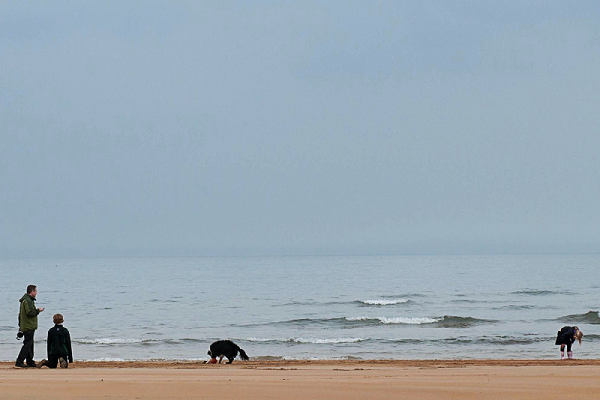Beach Safety
Water Safety Scotland encourages enjoyment of the array of beautiful beaches across Scotland, but there are dangers present in the water that can catch out even the most experienced swimmers. Every year in Scotland, drowning fatalities occur at our beaches but also abroad. Tides, waves, currents and low water temperature can all pose risks to those using coastal waters.
What are the risks?
Rip currents
Rip Currents are currents of water typically flowing from the shoreline back out to sea. They are commonly formed by a build-up of water on the beach caused by wave and tidal motion but can also form where an estuary runs into the sea.

In the UK tides are relatively regular and predictable, yet despite this fact every year a number of people are caught out by rapidly rising water and end up being trapped in isolated bays. If you intend to venture across any beach or bank affected by tidal water, make sure you know when the incoming tide is expected and know where all the exits are.
Cold water shock
Cold water shock (CWS) is an involuntary response to the body being suddenly or unexpectedly immersed into water which has a temperature of less than 15 °C. Please visit our cold water shock page to learn more of this dangerous effect.
Minimising risks at coastal waters
- Do not swim near or dive from rocks, piers, breakwater and coral
- Look for water safety signage
- Novelty inflatables can easily be taken out to sea, putting the user in great danger. These should never be used in open water; keep them for enclosed areas such as pools only
- If you get stuck in quicksand or mud do not stand up. Lie down, spread your weight, shout for help and move slowly in a breaststroke action towards the shore
- If you see someone in trouble, call 999
